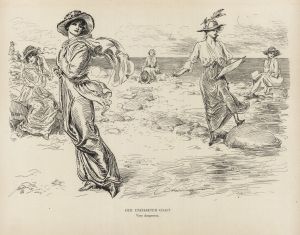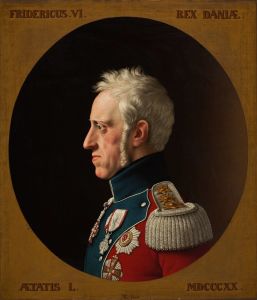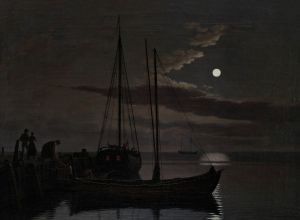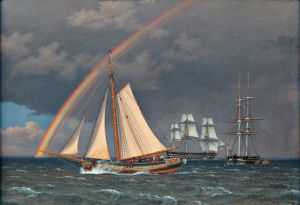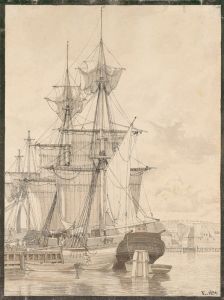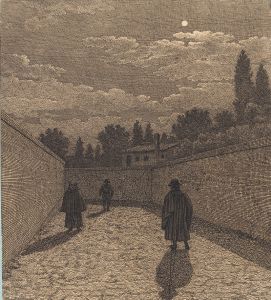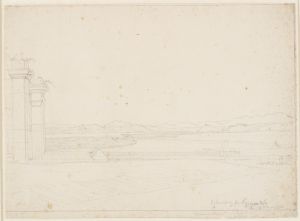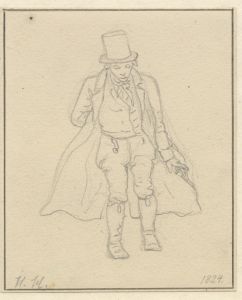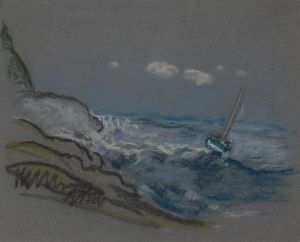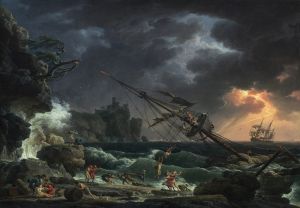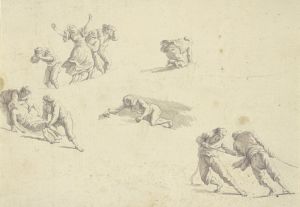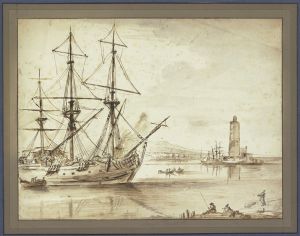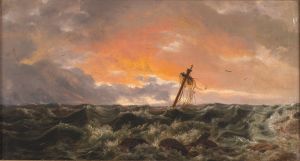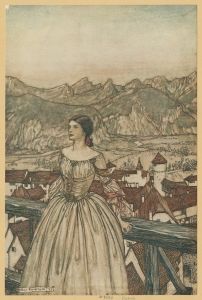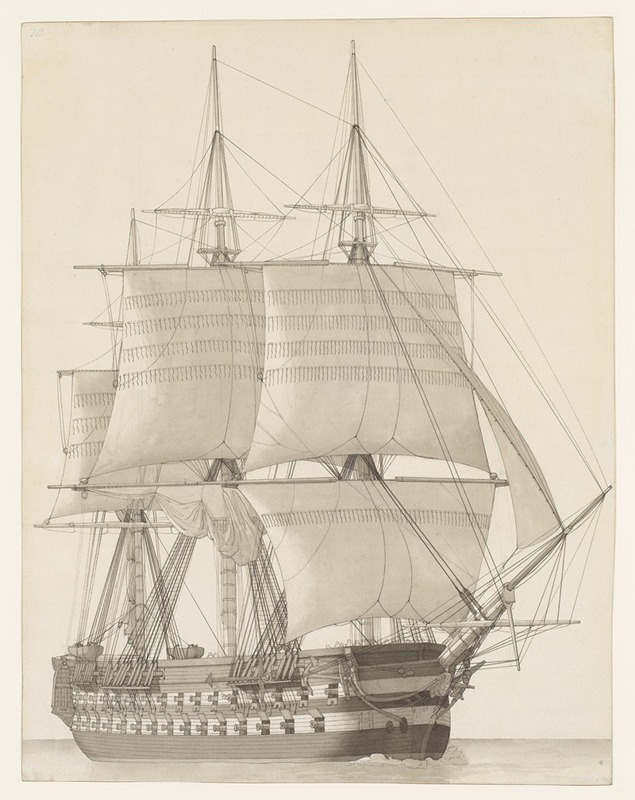
Vessel of the Russian Line
A hand-painted replica of Christoffer Wilhelm Eckersberg’s masterpiece Vessel of the Russian Line, meticulously crafted by professional artists to capture the true essence of the original. Each piece is created with museum-quality canvas and rare mineral pigments, carefully painted by experienced artists with delicate brushstrokes and rich, layered colors to perfectly recreate the texture of the original artwork. Unlike machine-printed reproductions, this hand-painted version brings the painting to life, infused with the artist’s emotions and skill in every stroke. Whether for personal collection or home decoration, it instantly elevates the artistic atmosphere of any space.
Christoffer Wilhelm Eckersberg, often referred to as the father of Danish painting, was a prominent figure in the Danish Golden Age of art. Born in 1783 in Blåkrog, Denmark, Eckersberg played a significant role in shaping the artistic landscape of his time. He was known for his meticulous attention to detail and his ability to capture the essence of his subjects, whether they were portraits, landscapes, or maritime scenes.
One of Eckersberg's notable works is "Vessel of the Russian Line," a painting that exemplifies his skill in maritime art. Although specific details about this particular painting are scarce, Eckersberg's body of work in this genre is well-documented. He had a profound interest in ships and the sea, which was a common theme among artists of the Danish Golden Age, reflecting Denmark's strong maritime tradition.
Eckersberg's maritime paintings are characterized by their precise depiction of ships and their surroundings. He often employed a realistic style, focusing on the accurate rendering of the vessels' structure and the play of light on water. This attention to detail was likely influenced by his time studying at the Royal Danish Academy of Fine Arts and his subsequent travels to Paris and Rome, where he was exposed to various artistic techniques and styles.
In "Vessel of the Russian Line," Eckersberg would have applied his keen observational skills to portray the ship with accuracy and elegance. His ability to capture the interplay between the ship and its environment would have been a testament to his understanding of both art and the technical aspects of shipbuilding. This painting, like many of his maritime works, would have served not only as a piece of art but also as a historical document, preserving the image of a vessel from a bygone era.
Eckersberg's influence extended beyond his own works; he was also a dedicated teacher at the Royal Danish Academy of Fine Arts, where he mentored a generation of artists who would continue to shape Danish art. His teachings emphasized the importance of studying from life and understanding the principles of perspective and composition, principles that are evident in his own works.
Throughout his career, Eckersberg received numerous accolades and held prestigious positions, including that of court painter. His contributions to Danish art were significant, and his works continue to be celebrated for their clarity, precision, and beauty.
While specific information about "Vessel of the Russian Line" is limited, Eckersberg's legacy as a master of maritime painting and a pivotal figure in Danish art history is well-established. His works remain a testament to his skill and dedication to capturing the world around him with accuracy and artistry.





